Phong Nha – Ke Bang National Park is located in the northern part of the Truong Son Mountains, encompassing the communes of Introduction To Phong Nha-Ke Bang National Park, Thuong Trach, Phuc Trach, Xuan Trach, and Son Trach in Bo Trach District, Quang Binh Province.
Phong Nha-Ke Bang National Park was recognized by UNESCO as a World Heritage Site in 2003 based on its geological and geomorphological criteria. It received a second UNESCO recognition as a World Heritage Site for its biodiversity and ecological criteria on July 3, 2015. It is a rich destination in Quảng Bình’s tourism programs.
Table of Contents
Location of Phong Nha-Ke Bang National Park
It is located approximately 50 km northwest of Dong Hoi City and about 500 km south of the capital, Hanoi. The national park shares its border with the Hin Namno Nature Reserve in Khammouan Province, Laos, to the west, and it is situated 42 km east of the coastline of the South China Sea from the border of the two countries.
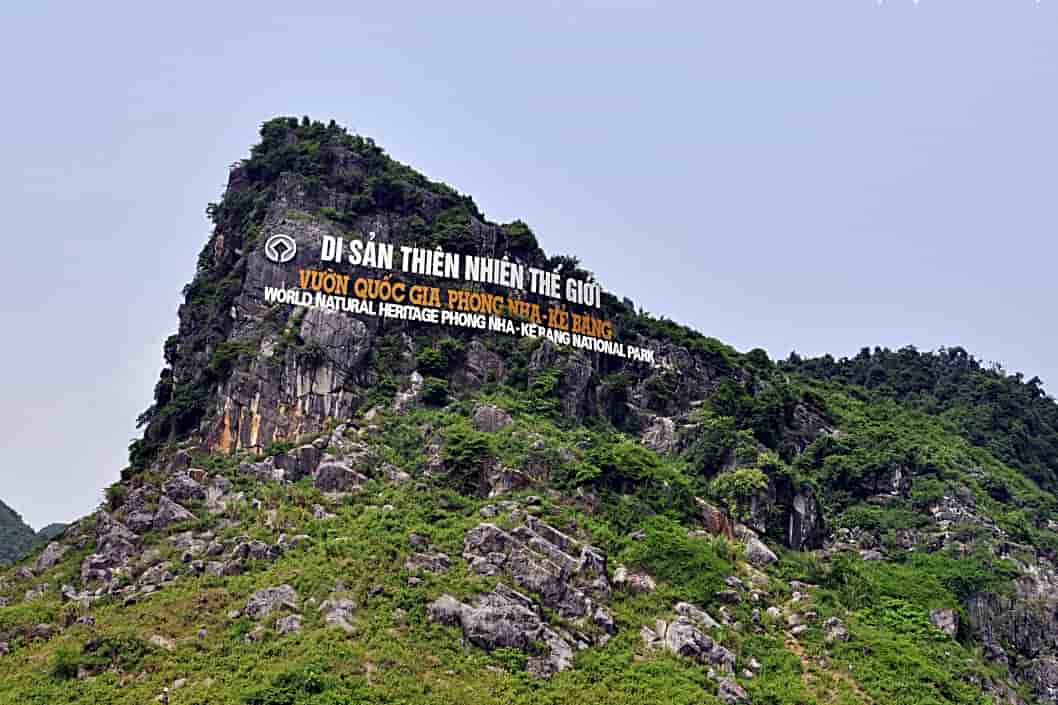
Phong Nha-Kẻ Bàng enjoys a mild, temperate climate throughout the year, with an average temperature ranging from 20 to 24°C. It is considered one of the world’s largest karst limestone regions, covering an area of over 200,000 hectares (with a core area of 85,754 hectares and a buffer zone of 195,400 hectares). The distinctive feature of this national park is its ancient karst limestone formations, which are millions of years old and include over 300 caves and an extensive underground river system. Numerous rare and endangered species of animals and plants thrive here, including many listed in Vietnam’s and the world’s Red Books. These natural wonders serve as a source of inspiration for tourists and scientists alike who come here to explore.
Name
The name of this national park is a combination of two elements: the name “Phong Nha” and the name of the limestone mountainous region, “Kẻ Bàng.” According to Lê Quý Đôn, Phong Nha was the name of an ancient mountainous village (now known as Phong Nha hamlet, Sơn Trạch commune, Bố Trạch district). There is a different opinion that suggests the name Phong Nha originated from the image of the mountains arranged regularly, resembling the appearance of officials standing in rows in a court or at an altar. This interpretation led to the use of the term “Phong Nha” in Han characters to name the Phong Nha Cave. The Phong Nha Cave also goes by other names like Thầy Tiên Cave, Núi Thầy (Mountain of the Master), Troóc Cave, and Trùa Cave (Chùa Cave).
You are in Da Nang and looking for a trip to Phong Nha-Ke Bang National Park? Don’t worry, with the private car rental service in Da Nang from VnCarRentals.com’s, you can make it happen. Professional drivers will pick you up from anywhere in Da Nang, and with a private car rental, you have the flexibility to choose your departure time. Along the way, you can visit some famous tourist spots. With a team of professional drivers who are knowledgeable about all the routes in Central Vietnam, you’ll have a safe and comfortable journey. Book your trip from Da Nang to Phong Nha through car rental services today to arrange the best itinerary.
History
Phong Nha-Ke Bang National Park has a historical background as follows:
In 1986, Phong Nha Special-Use Forest, covering a total area of 5,000 hectares, was established by Decision No. 194/CT on August 9, 1986, issued by the Chairman of the Council of Ministers (now the Prime Minister). This was the first special-use forest in Quảng Bình Province dedicated to conserving the pristine mountainous forest ecosystem associated with the historical heritage of the Vietnamese nation.
In 1993, Phong Nha Special-Use Forest was transformed into Phong Nha Nature Reserve by Decision No. 964/QĐ-UB on December 5, 1993, by the People’s Committee of Quảng Bình Province, with a total area of 41,132 hectares.
In 1999, an investment project for the National Park proposed the expansion of the area, including the limestone mountainous region of Kẻ Bàng to the northwest, and the reclassification of management from a nature reserve to a national park.
In 2001, Phong Nha-Kẻ Bàng National Park was officially established by Decision No. 189/TTg on December 12, 2001, by the Prime Minister of the Government of Vietnam. According to this decision, the national park covers a total area of 85,754 hectares, including a Strict Protection Zone of 64,894 hectares, a Restoration Zone of 17,449 hectares, and an Administrative and Service Zone of 3,411 hectares. After the elevation to the status of a national park, the management organization was also adjusted to become the Phong Nha-Kẻ Bàng National Park Management Board, as per Decision No. 24/QD-UB on March 20, 2002, by the People’s Committee of Quảng Bình Province.
In 2003, at the 27th session of the World Heritage Committee held at UNESCO Headquarters in Paris from June 30 to July 5, 2003, Phong Nha-Kẻ Bàng National Park was officially recognized as a World Natural Heritage Site under criteria (viii) for its outstanding geological, geomorphological, and geographical values.
In 2009, Phong Nha-Kẻ Bàng National Park was designated as a Special National Monument by Decision No. 1272/QĐ-TTg on August 12, 2009, issued by the Prime Minister.
In 2012, the People’s Committee of Quảng Bình Province issued Decision No. 36/2012/QĐ-UBND on December 28, 2012, which defined the functions, tasks, powers, and organizational structure of the Phong Nha-Kẻ Bàng National Park Management Board, replacing Decision No. 65/2003/QĐ-UB on November 28, 2003, regarding the reorganization of the management of Phong Nha-Kẻ Bàng National Park.
In 2013, the Prime Minister issued Decision No. 1062/QĐ-TTg on July 5, 2013, adjusting the boundaries of Phong Nha-Kẻ Bàng National Park from 85,754 hectares to a total area of 123,326 hectares, an increase of 30,570 hectares.
In 2015, during the 39th session in Bonn, Germany, with unanimous agreement from the member countries of the World Heritage Committee (WHC), Phong Nha-Kẻ Bàng National Park was inscribed on the UNESCO World Heritage List for the second time. This time, it was recognized under two new criteria: (ix) as an outstanding representative of the ecological processes of terrestrial ecosystems, and (x) for its possession of natural habitats of exceptional importance for the conservation of biological diversity.
Geology and Landforms
Phong Nha-Ke Bang is often described as a massive geological museum of global significance due to its complex geographic structure and the presence of various types of rocks such as basalt, quartz, sandstone, silicified limestone, marlstone, granodiorite, diorite, aplite, pegmatite, and more.
Phong Nha-Kẻ Bàng also holds the history of a complex and long-lasting geological development dating back 400 million years ago. Through significant tectonic stages and episodes of folding, faulting, and basin formation, it has created overlapping mountain ranges and subsiding basins. These geological dynamics have contributed to the diversity of its geological features, landforms, and landscapes.
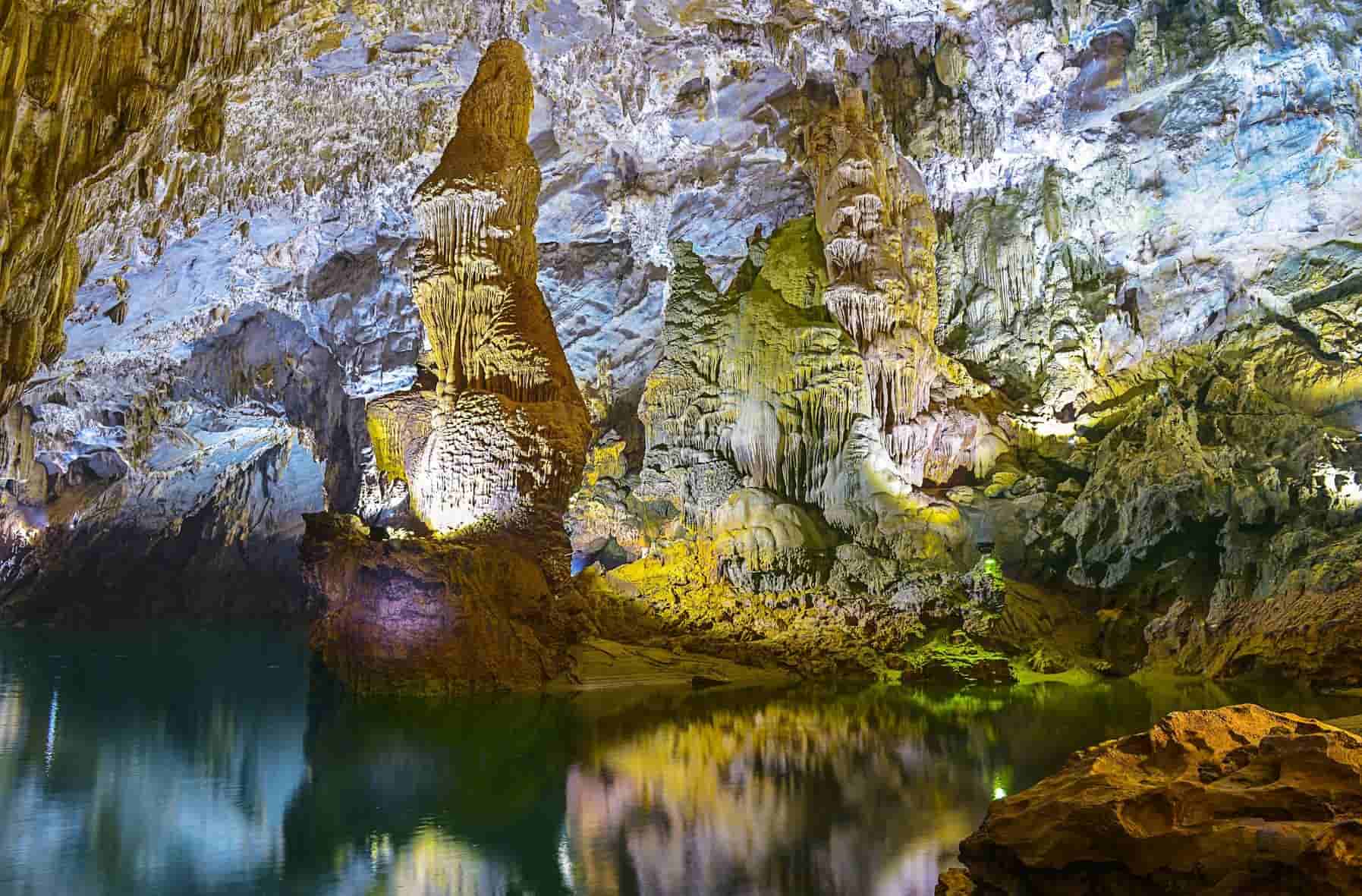
The limestone region of Phong Nha-Ke Bang exhibits global significance and has developed over several stages, ranging from the Palaeozoic era (around 400 million years ago) to the late Carboniferous and Permian periods (340 – 240 million years ago). One distinctive feature here is the system of underground rivers and caves within the limestone mountains.
In non-limestone areas, common landforms include low mountains covered with vegetation. Erosion processes have created terraces along the valleys of the Son River, Chày River, and at the edges of limestone mountain blocks in the central region. Transitional landforms vary between different limestone mountain blocks.
Cave Systems
In addition to its geological, landform, and landscape history, Phong Nha-Kẻ Bàng is blessed with mysterious and majestic natural landscapes. The Phong Nha-Kẻ Bàng National Park hides many of nature’s secrets, with caves that resemble magnificent castles within the limestone mountains, sculpted over millions of years.
The Phong Nha-Kẻ Bàng region boasts a rich and diverse collection of over 300 caves, both large and small, earning it the title of the “Kingdom of Caves.” These caves hold many wonders and attractions, making it a paradise for cave scientists, explorers, and tourists.
To date, 20 caves with a total length of over 70 km have been systematically and meticulously surveyed by a team from the Royal Geographic Society in the United Kingdom in collaboration with the Geography Department of the National University of Hanoi. Their findings were published in the Comprehensive and Opinion Journal, issue 48, in July 1994. These caves are considered some of the most beautiful landscapes, characterized by features such as the most beautiful underground river, the tallest and widest cave entrances, stunning underground sandy and rocky beaches, the most beautiful underground lakes, the widest and most beautiful dry caves, and a system of the most splendid and dazzling stalactites, as well as being the longest underwater cave.
These caves can be divided into three main systems: the Phong Nha Cave system, the Vòm Cave system, and the Rục Mòn Cave system.
Phong Nha Cave System:
This cave system has a total length of over 45 km, originating from the southern part of the Kẻ Bàng limestone mountains. The main entrance to this cave system includes Khe Ry Cave and Hang En Cave, situated at an elevation of approximately 300 meters above sea level. It culminates at Phong Nha Cave with a total length of nearly 45 km. The caves within this system are arranged in a branching pattern running northeast to southwest. They include:
- Tối Cave: Located on the upper reaches of the Son River, this cave is 5,258 meters long and 83 meters high, with a width of 736 meters.
- Chà An Cave: It is 667 meters long and 15 meters high.
- Thung Cave: Featuring an underground river that stretches for 3,351 meters.
- Én Cave: Measuring 1,645 meters in length and 78.6 meters in height, this cave contains an inner sandy beach and is home to swiftlets.
- Khe Tiên Cave: Located south of Phong Nha, it is 520 meters long.
- Khe Ry Cave: Situated south of Phong Nha.
- Khe Thi Cave.
- Phong Nha Cave.
Vom Cave System:
This system spans over 30 km and originates from Rục Cà Roòng Cave, situated at an elevation of 360 meters above sea level, and terminates at Vòm Cave. The Vòm Cave system is oriented in a north-south direction. The Rục Cà Roòng River alternates between hiding within the limestone mountains and emerging in narrow and deep valleys, ultimately flowing into the Chày River at the entrance of Vòm Cave. It includes:
- Vom Cave: With a length of 15.05 km and a height of 145 meters, this cave features numerous beautiful stalactites and stalagmites.
- Dai Cao Cave: Measuring 1,645 meters in length and 28 meters in height.
- Duot Cave: It is 3,927 meters long and 45 meters high, featuring a fine sandy beach.
- Ca Cave: With a length of 1,500 meters and a height of 62 meters.
- Ho Cave: Extending for 1,616 meters and reaching a height of 46 meters.
- Over Cave: Spanning 3,244 meters in length and with a height of 103 meters, its width varies from 30 to 50 meters.
- Pygmy Cave: Measuring 845 meters in length.
- Ruc Caroòng Cave: Inhabited by the Arem ethnic minority, who live in the cave and rely on natural hunting and gathering.
Ruc Mon Cave System:
Located in Minh Hoa District, this is one of the large caves that has not been extensively explored. Ruc Mon Cave has a length of 2,863 meters and a vault depth of 49 meters. Inside the cave, there is an underground river, and it boasts stunning and pristine stalactite formations.
Some of the most famous caves here include
Phong Nha Cave (Water Cave):
Phong Nha Cave, also known as the Water Cave, is the most iconic attraction within the Phong Nha-Kẻ Bàng Scenic Complex. It spans a total length of 7,729 meters, featuring 14 chambers and a dazzling underground river that extends for 13,969 meters. The cave’s entrance stands about 10 meters tall and 25 meters wide. From above, the stalactites hanging down resemble giant melting dewdrops.
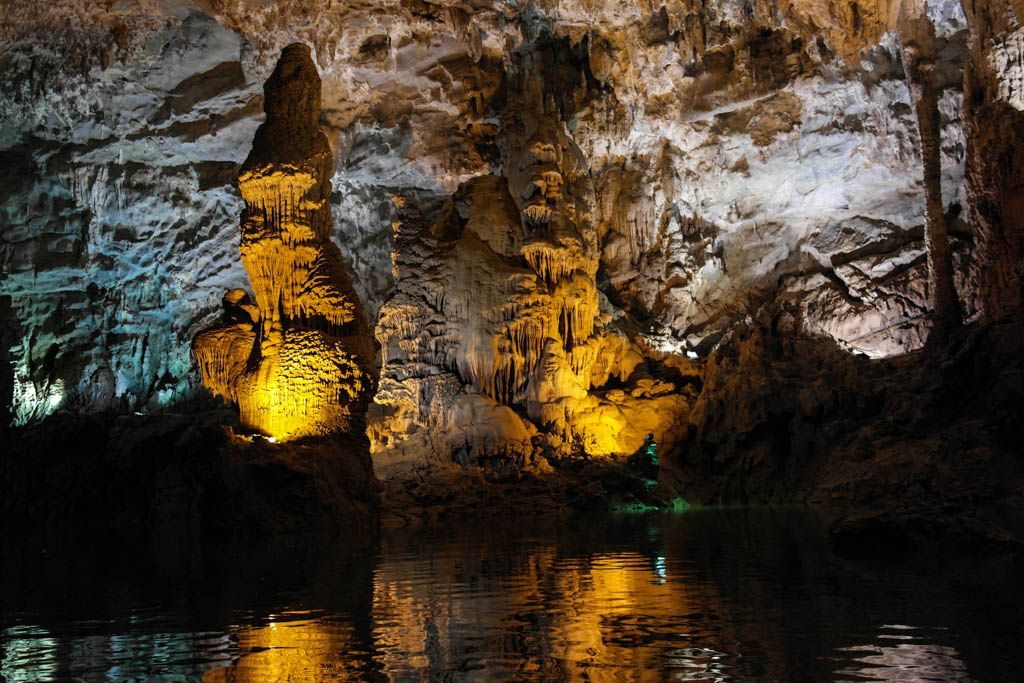
Tien Son Cave (Dry Cave):
Next is Tiên Sơn Cave, also known as the Dry Cave, situated at an elevation of 200 meters. According to geographers, this underground river dried up in ancient times, leaving behind white stone arches and emerald-green columns. The limestone formations in Phong Nha Cave, crafted over millions of years in the karst limestone, were permeated, dissolved, and dripped from the cave’s ceiling to form unique and mesmerizing stalactites resembling lions, thrones, and Buddha statues. The rainwater continues to fall to the cave floor, binding calcium to create stalagmites. These rock formations, along with cave walls, columns, and the underground river, present a splendid and diverse spectacle, making Phong Nha a place where nature’s utmost beauty converges and imagination soars.
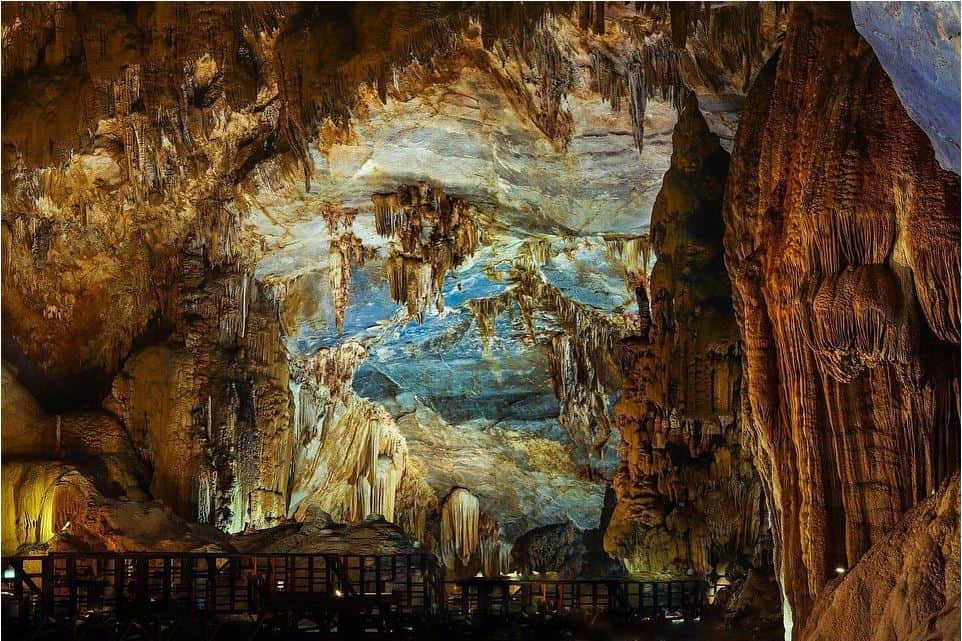
Thien Duong Cave (Paradise Cave):
Additionally, there is the Paradise Cave, assessed by the Royal British Caving Association as the longest dry cave in Asia and one of the most magnificent caves ever surveyed globally. Paradise Cave boasts a magnificent, resplendent, and mystical structure that sparks associations with a celestial realm on Earth. It is aptly named “Thiên Đường” which means “Paradise” in Vietnamese.
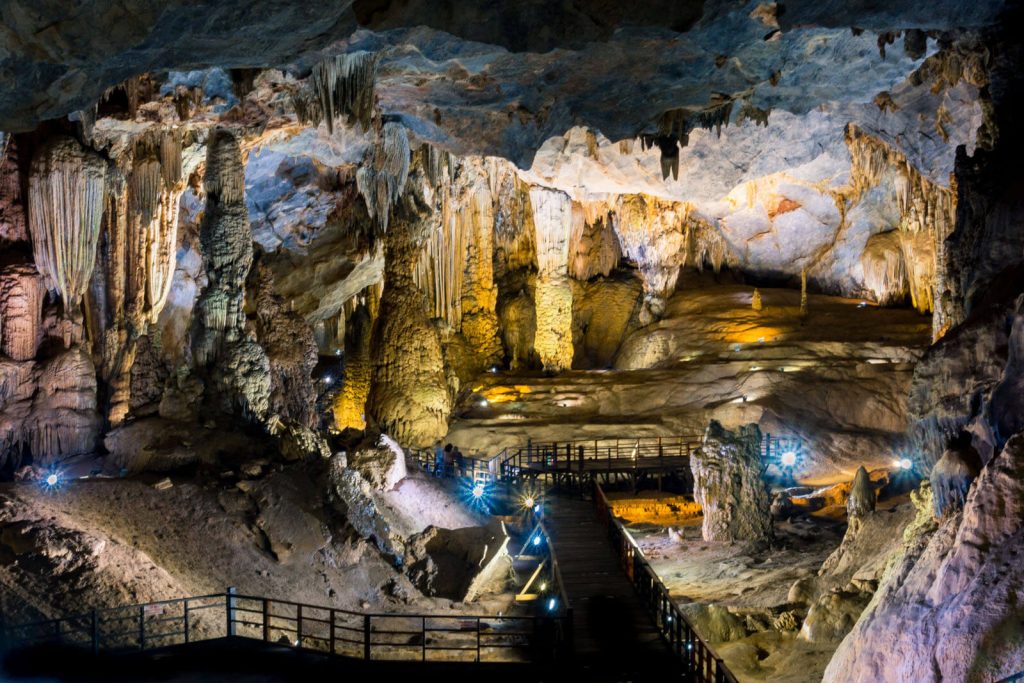
Son Doong Cave:
Especially noteworthy, recent British explorations have discovered one of the newest caves, Son Doong Cave. This cave is believed to be the largest cave in the world. The largest chamber in Son Doong stretches over 5 kilometers in length, stands 200 meters tall, and reaches widths of 150 meters. With these dimensions, Sơn Đoòng surpasses Deer Cave in Gunung Mulu National Park, Sarawak, Malaysia, and is four to five times larger than Phong Nha Cave, even exceeding the size of Paradise Cave.
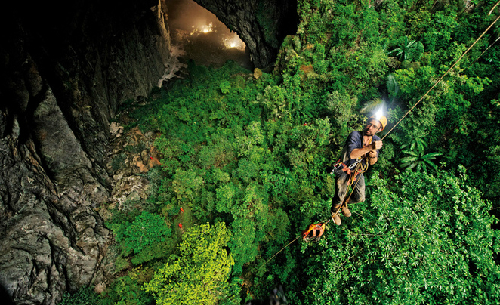
Son Doong Cave is described as a “majestic, breathtaking masterpiece” adorned with unique and strangely shaped stalactites. What makes it exceptionally unique is the presence of an entire primary forest ecosystem thriving within the cave. Geological scientists worldwide consider Son Doong to be the most extraordinary cave in the world.
The river and mountain system.
In addition to the marvelous cave system, Phong Nha-Ke Bang National Park boasts a complex network of rivers and some of the longest underground rivers in the region. There are three main rivers: Troóc River, Chày River, and Son River, all flowing through the Phong Nha-Kẻ Bàng area, with clear, emerald waters meandering amidst limestone mountains and forests, creating picturesque and enchanting landscapes that captivate travelers.

Furthermore, the Phong Nha-Ke Bang region features dozens of beautiful streams and waterfalls, such as Gió Waterfall, Mệ Loan Waterfall, Moọc Water Spring gushing from the base of limestone mountains, and Trạ Ang Stream.
Phong Nha-Kẻ Bàng also boasts numerous peaks soaring over 1,000 meters, untouched and challenging, with no footprints of human activity. These peaks are enticing for mountain climbers and adventurers. Notable peaks include Co Rilata at 1,128 meters and Co Preu at 1,213 meters. Nestled between these lofty peaks are valleys that are ideal for ecotourism.
Biodiversity.
In the Phong Nha Ke Bang National Park, there exists a largely undisturbed, highly biodiverse pristine tropical forest area. The national park encompasses 15 major ecosystems with 10 significant vegetation types. The dense evergreen forest covers 93.57% of the total area, with 83.74% being tropical forest ecosystems on typical limestone mountains, largely undisturbed and unaffected.
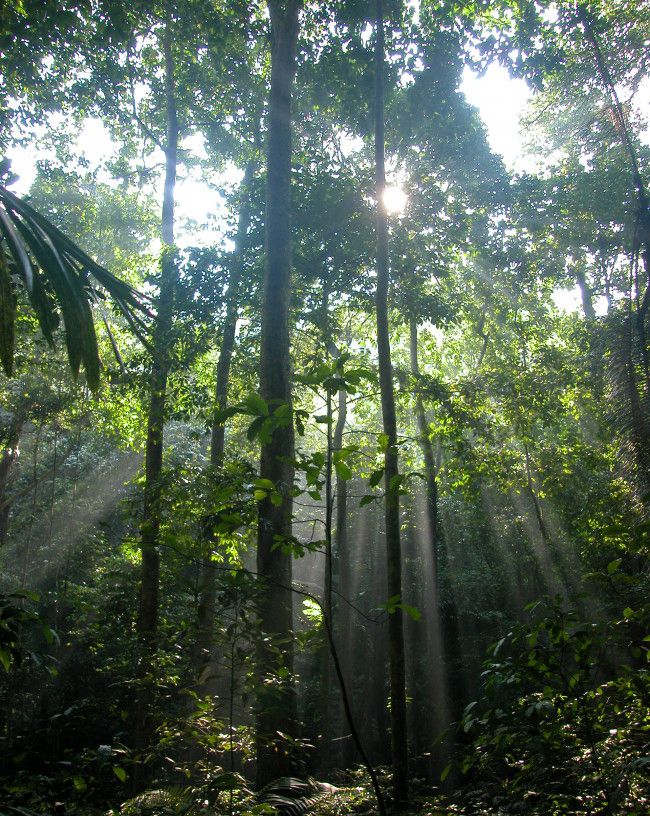
In this region, preliminary data shows the presence of many unique plant species of the limestone forest, such as the Chò đãi, Chò nước, Trầm hương, Nghiến, Sắng, Ba kích, and Sao, to name a few. Phong Nha Ke Bang has recorded the presence of 2,951 plant species belonging to 1,006 genera, 198 families, 62 orders, 11 classes, and 6 phyla. Among them, 112 species are listed in the Vietnam Red Data Book, 39 are listed in Decree 32-2006/NĐ-CP, 121 are listed in the IUCN Red List, and 1 is listed in CITES appendices. The biodiversity of the flora in Phong Nha Ke Bang includes a variety of species, genetic sources, and plant resources. Recently, many rare and endangered plant species with a high risk of extinction in the wild have been discovered, such as the blue stone orchid, spotted orchid, green orchid, twisted orchid, and other rare and exceptional plants.
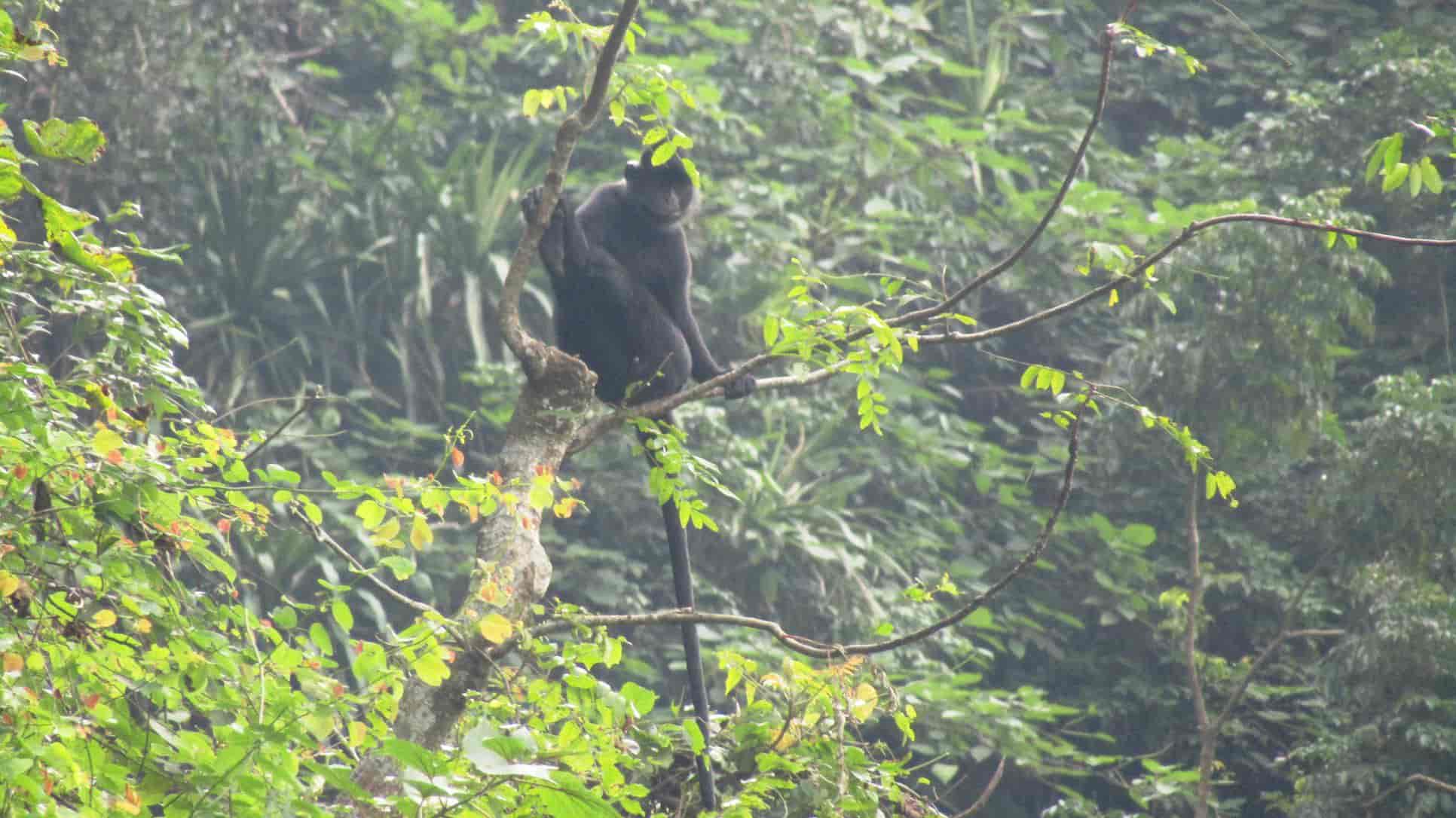
The Phong Nha Ke Bang National Park is also home to 1,394 animal species belonging to 835 genera, 289 families, 66 orders, 12 classes, and 4 phyla. Among these, 110 species are listed in the IUCN Red List, and 83 are listed in the Vietnam Red Data Book. The diversity of the animal kingdom in the Phong Nha Ke Bang National Park includes vertebrates (represented by a variety of mammals, birds, amphibians, reptiles, and fish) and invertebrates (arthropods, flatworms, and mollusks).
Over the past 20 years, 38 new species for science have been discovered and documented worldwide, including 2 new bird species, 3 new frog species, 18 new reptile species, 6 new spider species, and 9 new fish species. In 1996, a new fish species was discovered in Vietnam, and in 2012, scientists recorded a specimen of the Laotian rock rat (Laonastes aenigmamus), a species thought to have been extinct for 11 million years. This discovery was significant for the biodiversity of Phong Nha Ke Bang and the world, confirming that this group of animals not only resides in Laos but also in Vietnam.
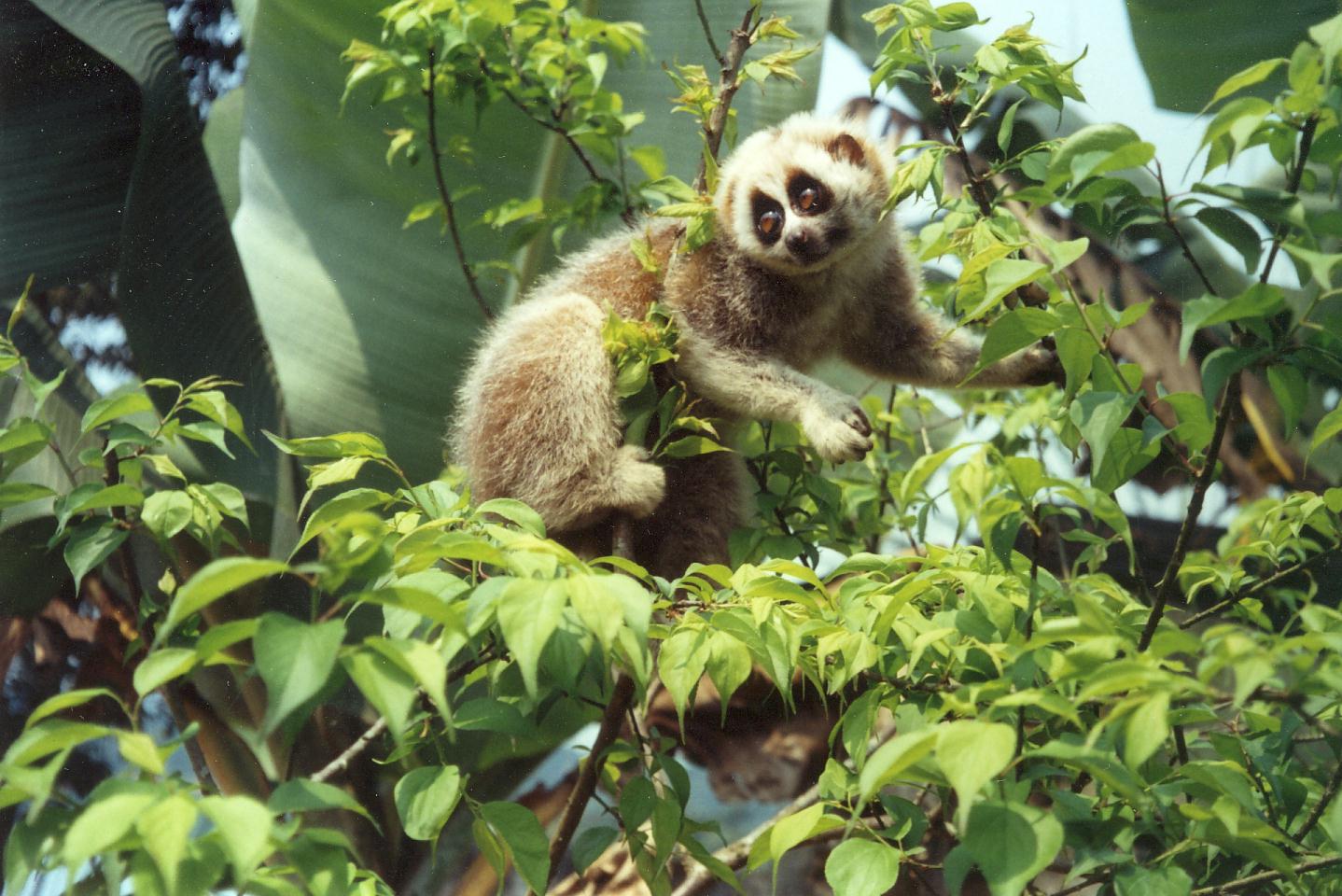
The limestone forest on the mountains is home to the most diverse primates in Vietnam, with 10 recorded species, accounting for approximately 50% of the total primate species in Vietnam. Seven primate species are listed in the Vietnam Red Data Book, with 7 others in the IUCN Red List. Some notable species include the Hatinh langur, black crested gibbons, and doucs. Compared to other conservation areas and national parks in Vietnam, Phong Nha Ke Bang boasts a relatively high level of animal diversity, particularly in the critically endangered primate group. Therefore, this area is considered to have the most diverse natural ecosystem among all national parks and biosphere reserves worldwide.
Notably, in the caves of the Phong Nha Ke Bang National Park, there are peculiar and numerous species of animals that live inside the caves without the need for light, such as blind fish, blind shrimp, and eyeless cave spiders.
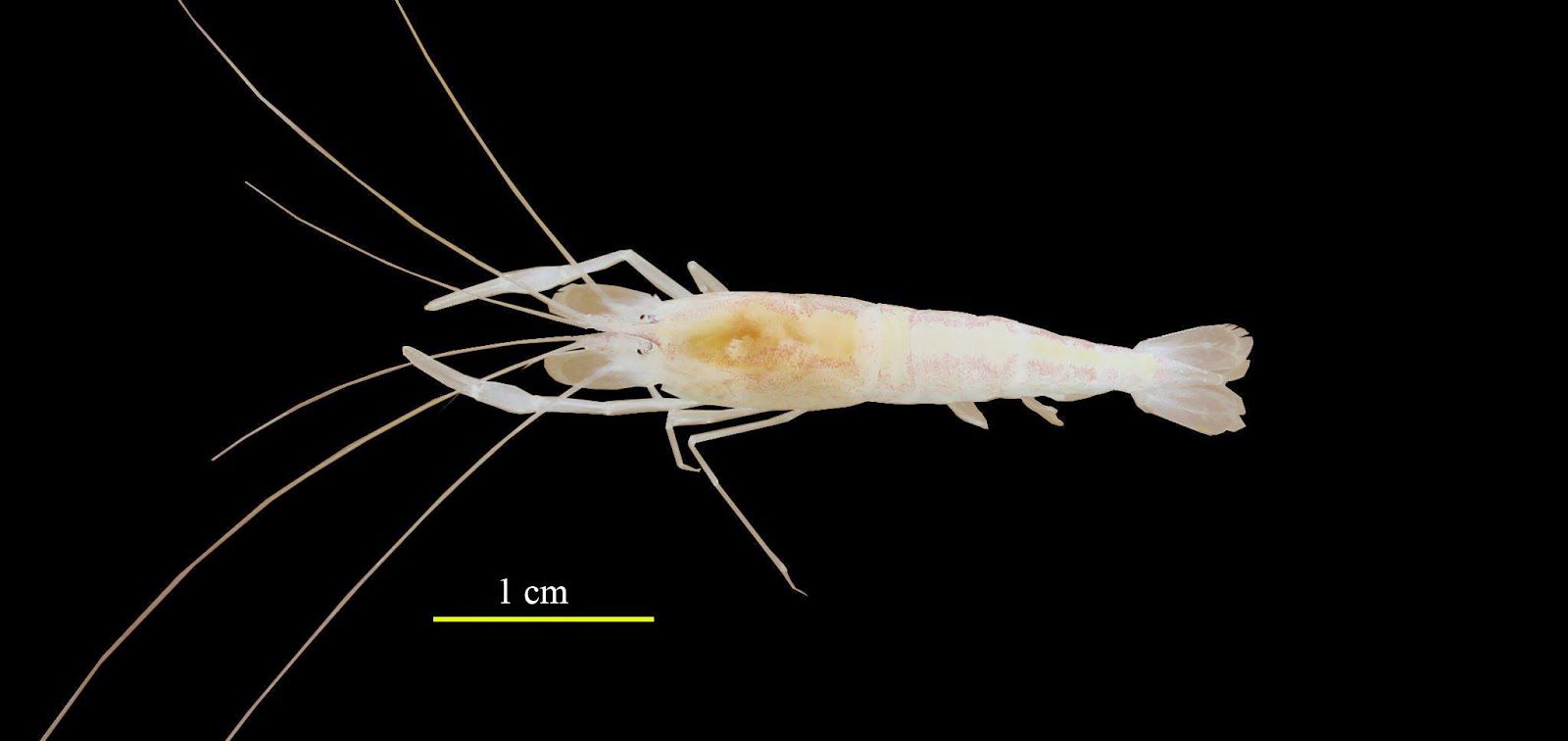
Archaeological, Historical, and Cultural Value.
In addition to its stunning natural scenery and wildlife, the Phong Nha-Kẻ Bàng region is also home to a wealth of archaeological, historical, and cultural heritage that spans various periods. This includes prehistoric archaeological sites, relics from the Champa and ancient Vietnamese cultures, and remnants of the resistance against French colonial rule led by King Hàm Nghi in the late 19th century in the Ma Rai Mountains.
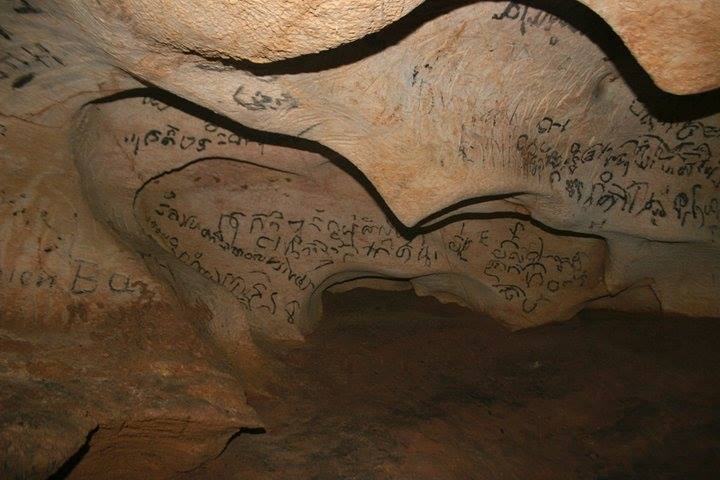
Famous landmarks along the Ho Chi Minh Trail, such as the Xuân Sơn ferry landing, the Nguyen Van Troi ferry landing, the Tra Ang Cave, the Tam Co Cave, and the Y Ta Cave on the Route 20 Quyết Thắng, have become legendary and are closely associated with the heroic deeds and sacrifices of the Vietnamese people in the struggle for independence and national reunification.
Ethnic Groups Living in the Area.
Surrounding Phong Nha-Kẻ Bàng National Park is a buffer zone covering an area of 219,855.34 hectares, which includes 13 communes (including communes of Dân Hóa, Hóa Sơn, Trung Hóa, Thượng Hóa, Trọng Hóa in Minh Hóa district; communes of Tân Trạch, Thượng Trạch, Xuân Trạch, Phúc Trạch, Sơn Trạch, Phú Định, Hưng Trạch in Bố Trạch district; and commune of Trường Sơn in Quảng Ninh district). The population is over 47,000 people, with the three main ethnic groups being the Kinh, Bru-Vân Kiều, and Chứt. The majority are Kinh people (accounting for over 90% of the total population).

In the core and buffer zones of the national park, there are two ethnic minority groups living: the Bru-Vân Kiều ethnic group with subgroups such as Vân Kiều, Trì, Khùa, Ma Coong, and the Chứt ethnic group with subgroups like Sách, Mày, Rục, A Rem, Mã Liềng. The lives of the Chứt and Bru-Vân Kiều people have many unique cultural aspects, and they still preserve many aspects of their primitive lifestyles. Each ethnic group in the region has its own customs and cultural characteristics, such as the Drum Festival of the Ma Coong people and Tuồng Bội singing of the Kinh people in Khương Hà. Their material and non-material culture is the subject of research for many scientists and is also an attractive destination for cultural tourism of the few ethnic minorities in the Phong Nha-Kẻ Bàng area.
In recent years, Phong Nha-Kẻ Bàng has become a favorite destination for tourists. The number of tourists visiting Quảng Bình for exploring Phong Nha-Kẻ Bàng National Park has been increasing, especially since it was recognized by UNESCO as a World Natural Heritage Site. Along with Mỹ Sơn Sanctuary, Hội An Ancient Town, Huế Imperial City, and Phong Nha-Kẻ Bàng World Natural Heritage, the unique “Central Heritage Road” tourism route has been formed and expanded, creating an attraction for tourists in the Central region.
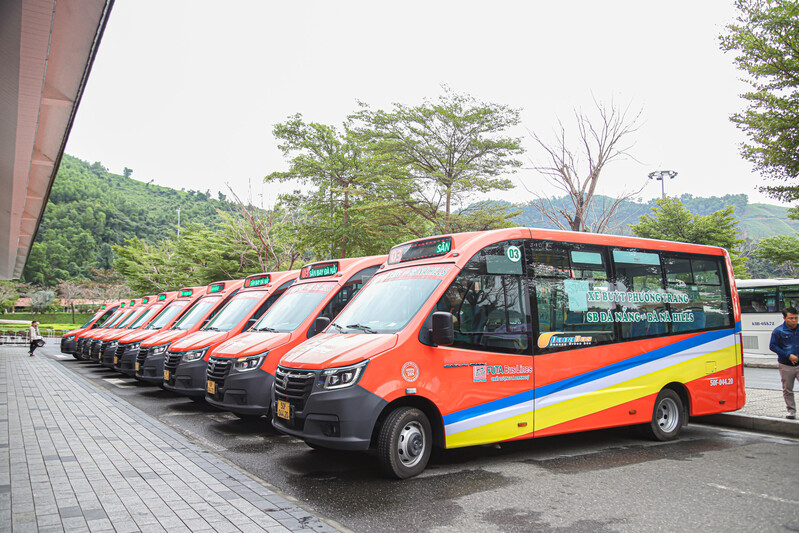
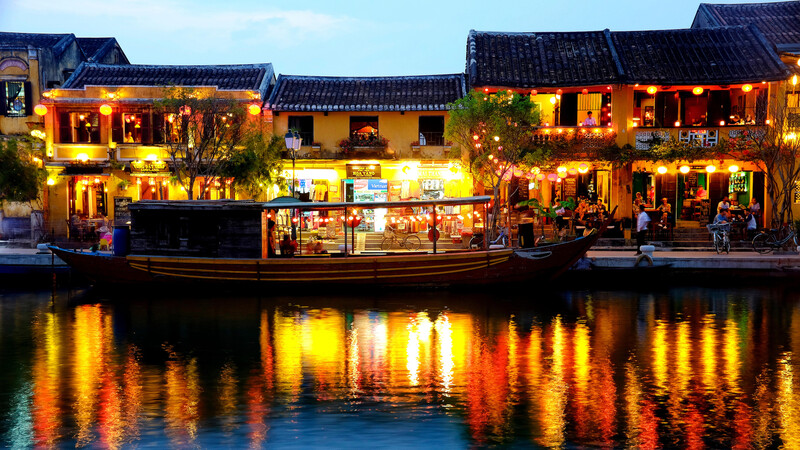

[…] Nha Cave in Quang Binh is situated within the Phong Nha-Ke Bang National Park, Quang Binh Province – a UNESCO World Natural Heritage Site recognized twice. Phong Nha Cave […]